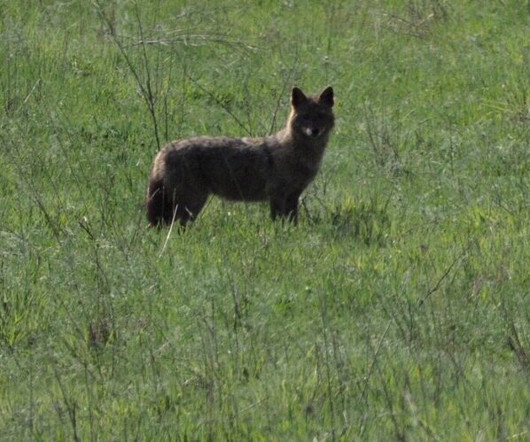Fur and Fangs rather than Feathers and Beaks
10,000 Birds
JANUARY 12, 2024
On my 21-day Kenyan safaris we reckoned to find around 600 species of birds and around 60 mammals, both impressive totals. One of my most memorable outings was a night-time game drive in Kenya when we saw an aardvark and a zorilla, so we ticked off both the first mammal in the field guide’s index, and the last. in the evening.












Let's personalize your content